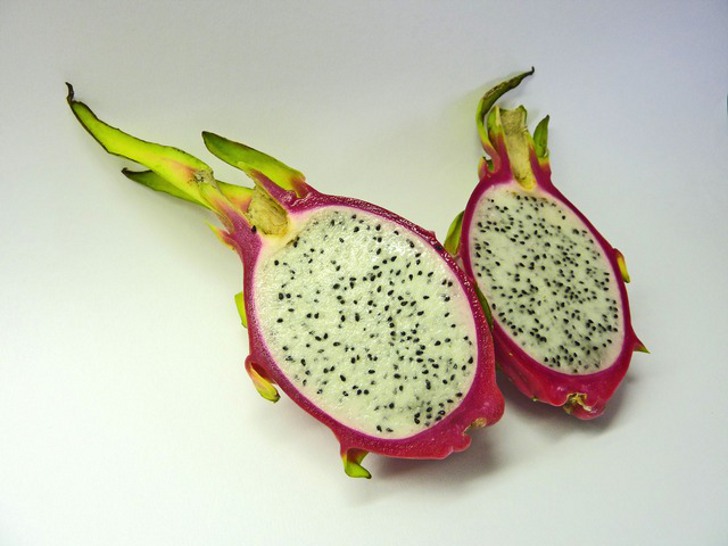Broccoli is a very healthy and tasty cabbage that is given to babies as a complementary food and is called the “product of the 21st century.” Here are some interesting facts about this bright and beautiful cabbage.

- Broccoli is one of the oldest vegetables on earth. It did not exist in the wild: scientists found out that this variety of cabbage was bred in the 6-5 centuries BC. In the 1st century BC, the ancient Roman scientist Pliny wrote a description of broccoli, where he called it “a blessed plant.”
- Despite the fact that in ancient Rome broccoli was very popular, the rest of the world did not even know about its existence. After Rome, broccoli was recognized in ancient Greece – more than 2,000 years ago. Then, centuries later, broccoli came to Byzantium (modern Turkey), and from there it spread throughout the world.
- The name “broccoli” was popular only in Rome. In the rest of the world, it was called “Italian asparagus” – everywhere except in Germany. There they called the cabbage “Brown Copf” – brown head.
- Since then, more than 200 varieties of broccoli have been developed. Despite such a large number of species, only 6 varieties are mainly grown. And recently, scientists have created another variety, Beneforte – this broccoli contains three times more beneficial anti-cancer substances than ordinary cabbage.
- Broccoli is considered a negative calorie food. This is the name of foods, the digestion of which the body spends more calories than they contain. By the way, the calorie content of broccoli is very low: only 34 kcal per 100 grams.
- And that’s why broccoli is used for weight loss. It is a part of many diets. For example, recently broccoli has become very popular in America: more than 76,000 tons of this cabbage are eaten there a year!
- Moreover, this cabbage is very useful and contains almost all the substances the body needs. It is considered a superfood: broccoli contains a large amount of antioxidants, vitamins A, E, and C, PP and B group, many minerals, proteins, and carbohydrates.
- By the way, the proteins that are part of broccoli are compared with proteins of animal origin. In terms of their nutritional properties, they are practically equivalent, but they are much easier to digest.
- In order for the beneficial properties of broccoli not to be destroyed, it must be cooked correctly: it is best to steam the cabbage, lightly fry or bake it, eat it raw. You should not overcook broccoli: it should be damp, and tastier, and healthier.









